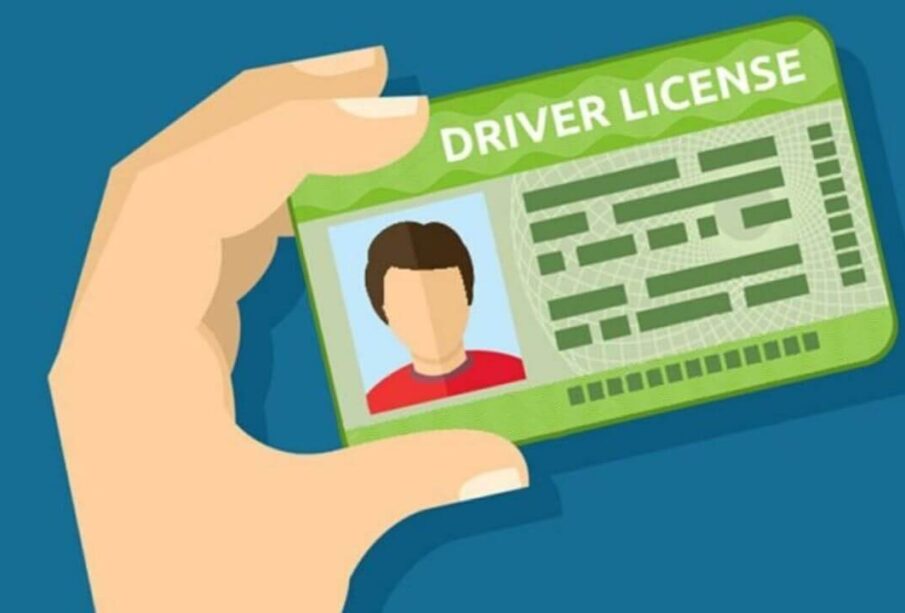The Essential Guide to Obtaining and Maintaining Your Driver’s License

Introduction
In the modern world, possessing a driver’s license is more than just a privilege; it’s often a necessity. Whether you’re a new driver eager to hit the road or someone looking to renew their license, understanding the process and responsibilities associated with driving license is crucial. Through everything you need to know about obtaining and maintaining your driver’s license, from the initial application to ongoing renewal requirements.
1. The Application Process: Getting Started on the Road
a. Understanding Eligibility Requirements: Before applying for a driver’s license, it’s important to ensure you meet the eligibility criteria set by your local Department of Motor Vehicles (DMV). This typically includes age requirements, residency status, and proof of identity.
b. Preparing Documentation: Gather necessary documents such as proof of identity (e.g., passport or birth certificate), proof of residency, and any required forms or applications. Be sure to check with your local DMV or and driving institute for specific requirements.
c.Taking the Written Test: Many jurisdictions require new drivers to pass a written knowledge test covering traffic laws, road signs, and safe driving practices. Study materials are often available online or through DMV offices.
d. Practicing Driving Skills: Depending on your location, you may need to complete a certain number of supervised driving hours with a licensed adult before taking the driving skills test. Practice regularly to build confidence and proficiency behind the wheel.
e. Passing the Driving Skills Test: This on-the-road examination evaluates your ability to safely operate a vehicle in various traffic conditions. Be prepared to demonstrate fundamental driving skills such as signaling, lane changes, and parallel parking.
2. Driver’s Education and Training: Investing in Safe Driving Practices
a. Enrolling in Driver’s Education: Many jurisdictions offer driver’s education programs designed to teach new drivers the rules of the road and essential driving skills. These courses may include classroom instruction, hands-on training, and simulated driving experiences.
b. Seeking Professional Instruction: When you prefer personalized guidance, consider enrolling in driving lessons with a certified instructor. Professional training can help you develop confidence and mastery of driving techniques under expert supervision.
c. Practicing Defensive Driving: Defensive driving techniques focus on anticipating and responding to potential hazards on the road. Learn how to maintain a safe following distance, scan for potential dangers, and react appropriately to adverse conditions.
d. Understanding Impaired Driving Risks: Driving under the influence of alcohol or drugs significantly increases the risk of accidents and legal consequences. Educate yourself about the dangers of impaired driving and always designate a sober driver or use alternative transportation when necessary.
3. Road Rules and Regulations: Navigating Traffic Laws with Confidence
a. Staying Informed: Traffic laws and regulations can vary from state to state or country to country. Familiarize yourself with local driving laws, including speed limits, right-of-way rules, and parking restrictions, to avoid potential violations.
b. Respecting Traffic Signals and Signs: Traffic signals and signs provide essential guidance for navigating intersections, pedestrian crossings, and other roadway scenarios. Always obey traffic signals, yield signs, and other regulatory signage to promote safety for yourself and others.
c. Adhering to Speed Limits: Speeding is a leading cause of traffic accidents and fatalities. Observe posted speed limits and adjust your driving speed according to road conditions, weather, and visibility to reduce the risk of collisions.
d. Practicing Courteous Driving: Respectful and considerate driving behavior fosters a safer and more enjoyable experience for everyone on the road. Use turn signals, yield to pedestrians, and refrain from aggressive maneuvers such as tailgating or cutting off other drivers.
4. License Renewal and Maintenance: Sustaining Driving Privileges
a. Understanding Renewal Requirements: Driver’s licenses typically expire after a certain period, necessitating renewal to maintain legal driving privileges. Familiarize yourself with renewal procedures, deadlines, and any required documentation well in advance of expiration.
b. Completing Continuing Education: Some jurisdictions require drivers to complete periodic continuing education courses or refresher training to renew their licenses. These courses may cover updates to traffic laws, defensive driving techniques, or other relevant topics.
c. Passing Vision and Medical Examinations: As drivers age, vision and medical conditions may impact their ability to safely operate a vehicle. Many licensing authorities mandate periodic vision screenings and medical evaluations to ensure drivers meet minimum health and vision standards.
d. Adapting to Changes in Driving Ability: When you experience changes in your physical or cognitive abilities that affect your driving skills, it’s essential to reassess your capabilities honestly. Consider seeking adaptive equipment, alternative transportation options, or additional training as needed to maintain safety on the road.
Conclusion
Obtaining and maintaining a driver’s license is a significant responsibility that requires ongoing commitment to safe and lawful driving practices. By understanding the application process, investing in education and training, and adhering to road rules and regulations, drivers can navigate the roadways with confidence and contribute to a safer transportation environment for all. Remember, driving isn’t just about getting from point A to point B—it’s about doing so responsibly, respectfully, and with a commitment to safety.











